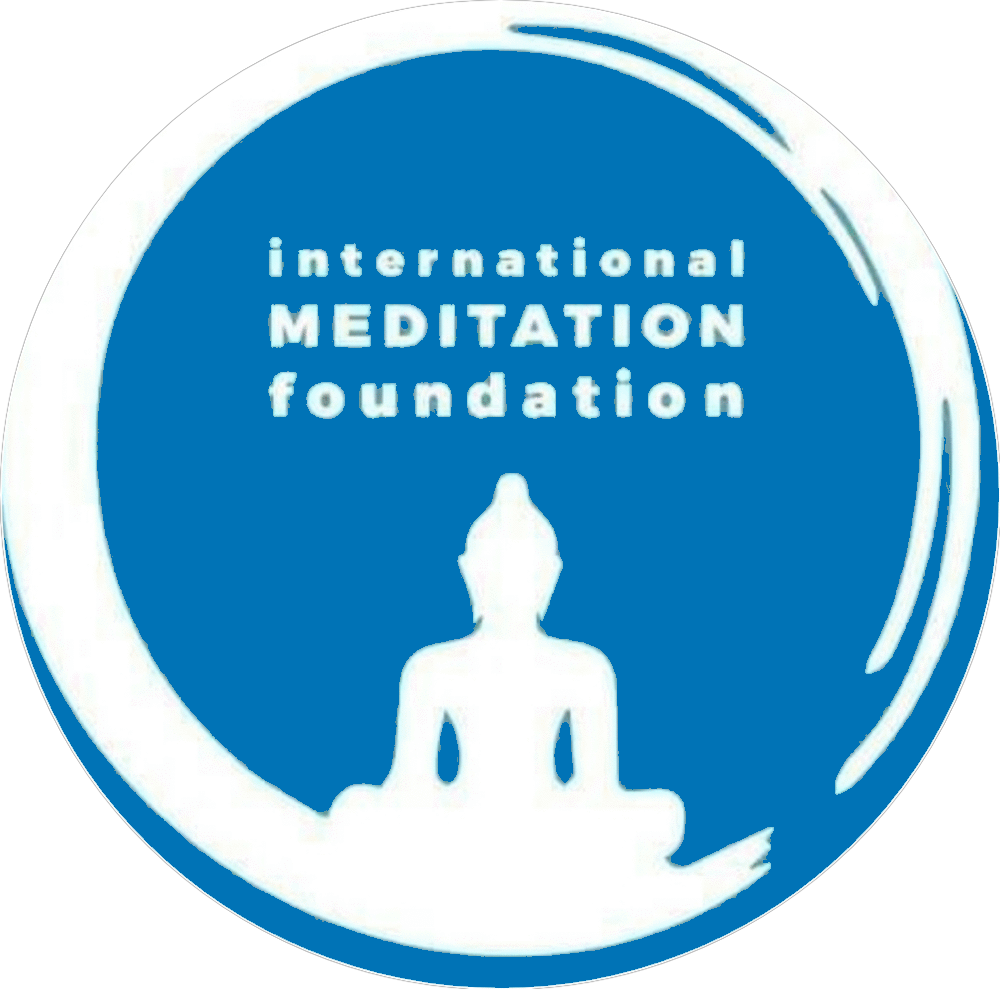
Yoga, which means “union,” offers a myriad of paths to help individuals embark on a transformative journey towards self-discovery and spiritual growth. Through the practice of meditation, one can begin to understand the workings of the mind and ultimately eliminate karmic debts. While the specific techniques used may vary depending on the individual, there are four main paths in Yoga that guide practitioners towards union with the Source.
Raja Yoga, often referred to as the psychological approach, focuses on concentration and meditation. It delves into the depths of the mind, allowing practitioners to gain mastery over their thoughts and emotions. By cultivating a state of inner stillness, one can attain a higher level of consciousness and experience profound spiritual insights.
Karma Yoga, on the other hand, is the path of selfless service. It involves eliminating the ego and attachments by dedicating oneself to acts of kindness and compassion. By serving others without any expectation of personal gain, individuals can transcend their own limitations and experience a sense of unity with all beings.
Jnana Yoga, the path of knowledge, utilizes the intellect to free oneself from the bondage of the material world. Through deep contemplation and self-inquiry, practitioners gain a profound understanding of the true nature of reality. By questioning the beliefs and concepts that bind them, individuals can liberate themselves from the illusions of the mind and attain spiritual enlightenment.
Bhakti Yoga, the path of devotion, involves channeling one’s emotions towards a deep and heartfelt connection with the divine. By cultivating love, reverence, and surrender, practitioners can experience a profound sense of unity with the divine. Through devotional practices such as chanting, prayer, and rituals, one can transcend the limitations of the ego and merge with the divine essence.
In addition to these four main paths, there are other forms of Yoga that offer unique approaches to spiritual growth. Hatha Yoga, for example, focuses on physical postures and breath control to harmonize the energies of the body and mind. Kundalini meditation, another form of Yoga, involves the concentration on specific Sanskrit phrases to still the mind and evoke positive energy.
It is important to note that while each path offers its own set of techniques and practices, it is essential to maintain a sense of balance and avoid fanaticism. Placing all of one’s energies into only one form of Yoga may lead to an imbalance in other aspects of life. For stable and consistent progress, it is advisable to choose a preferred path while drawing wisdom from other methods. By synthesizing different Yogas, one can maintain equilibrium and experience holistic growth.
Regular meditation practice brings clarity to the mind and purifies one’s motives. As the subconscious releases hidden knowledge, individuals gain a deeper understanding of the habits that bind them in their daily lives. Through concentration on a broader awareness of the universe and one’s relation to it, the ego slowly diminishes, giving way to a life of wisdom and inner peace.
In conclusion, Yoga offers a multitude of paths to guide individuals on their journey towards self-realization and union with the Source. Whether one chooses Raja Yoga, Karma Yoga, Jnana Yoga, Bhakti Yoga, or a combination of these paths, the ultimate goal remains the same – to transcend the limitations of the ego and experience a profound sense of unity and peace. Embark on this transformative journey, and discover the boundless potential within you.
